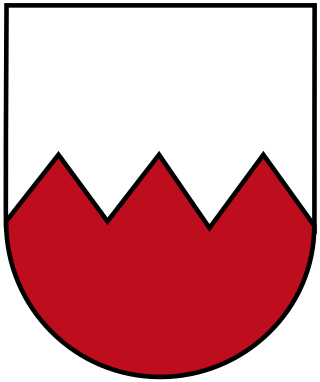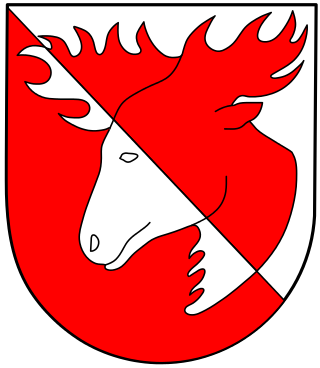
The German 73rd Infantry Division or in German 73. Infanterie-Division was a German military unit which served during World War II. The division consisted of more than 10,000 soldiers, primarily of the infantry branch, with supporting artillery. The division was only semi-motorized and relied on marching for the infantry units and horse-drawn transport for most of the support equipment, especially the artillery.

The 12th Panzer Division was an armoured division in the German Army, established in 1940.

The 26th Infantry Division was a pre-World War II German Infantry Division of the 1st mobilisation wave. It was mobilised for World War II on September 26, 1939, disbanded on September 10, 1944, near Radom and reformed as the 26th Volksgrenadier Division on September 17, 1944, near Poznań by absorption of the new 582nd Volksgrenadier Division of the 32nd mobilisation wave. Remnants of the Division entered U.S. captivity in the Harz region in 1945.

The 11th Infantry Division was an infantry division of the Wehrmacht that was initially founded as a cover formation during the Reichswehr era. It was active from 1934 to 1945.

The 15th Infantry Division was an infantry division of the German Army during the interwar period and World War II, active from 1934 to 1945.

The 81st Infantry Division was an infantry division of the German Army during World War II. It was active from 1939 until 1945 and served primarily on the Eastern Front.

The 75th Infantry Division was a German infantry division in World War II. It was formed on 26 August 1939.
The 134th Infantry Division was a German division in World War II. It was formed in October 1940.
The 181st Infantry Division was a German division in World War II. It was formed on 1 December 1939. The division participated in anti-partisan operations in World War II in German-occupied Yugoslavia.

The 242nd Infantry Division was a division of the German Army in World War II.
The 47th Infantry Division was an infantry division of the German Heer during World War II. It was formed in February 1944 and was destroyed by the forces of the Western Allies in the Mons cauldron in September 1944. The division was then reassembled as the 47th Volksgrenadier Division and operated until 1945.
The 89th Infantry Division was an infantry division of the German Heer during World War II.
The 92nd Infantry Division was an infantry division of the German Heer during World War II.

The XXVI Army Corps was a Wehrmacht army corps during World War II. It existed from 1939 to 1945. It was also known as Corps Wodrig during the Invasion of Poland.
The 196th Infantry Division was an infantry division of the German Heer during World War II.
The 270th Infantry Division was an infantry division of the German Heer during World War II.
The 544th Volksgrenadier Division was a Volksgrenadier-type infantry division of the German Wehrmacht during World War II. It was active from July 1944 to May 1945. In the first two months of service, the division was designated 544th Grenadier Division.
The Infantry Division Friedrich Ludwig Jahn was an infantry division of the German army during World War II. It was formed in the final weeks of the war, and existed between late March and early May 1945.
The 364th Infantry Division was a short-lived infantry division of the Heer, the ground forces of Nazi Germany, during World War II. It never reached full strength before its deployment was aborted on 21 January 1944 in favor of the creation of other divisions.









